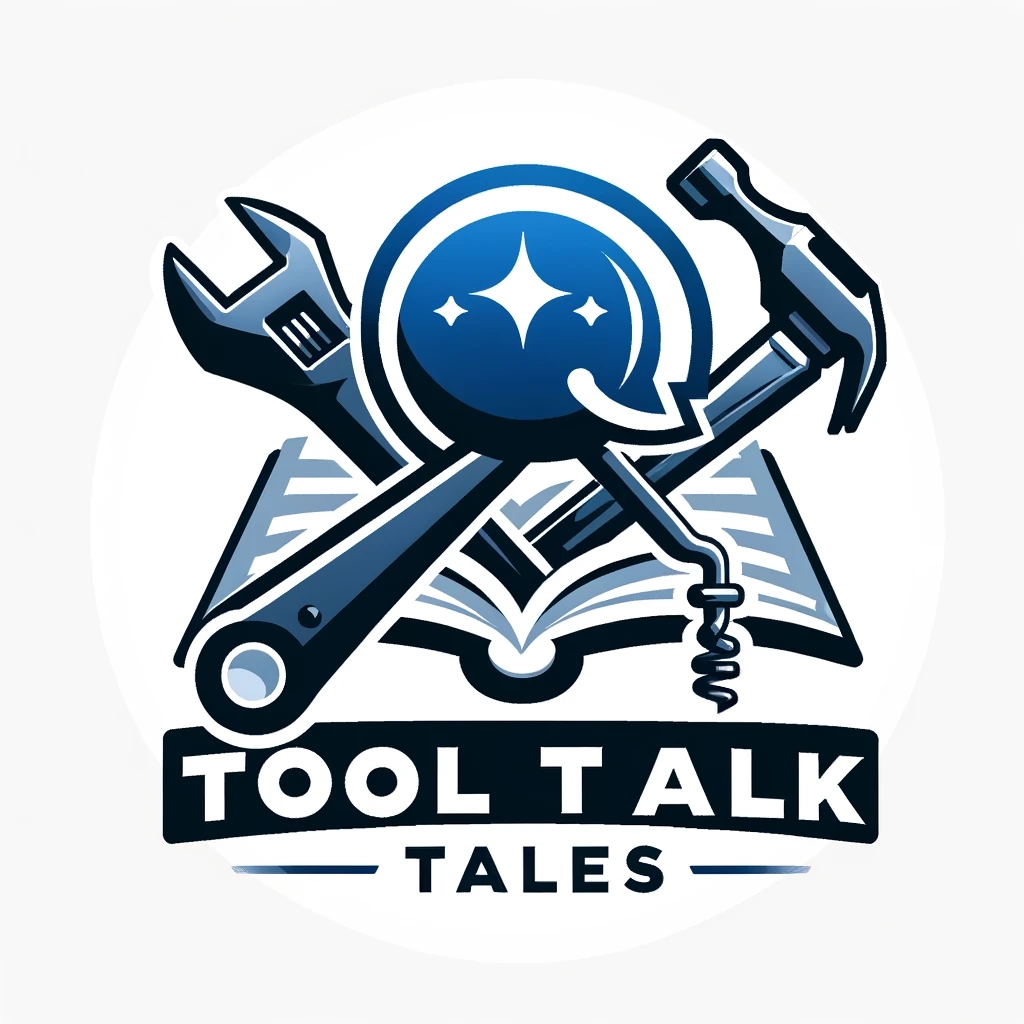Anchor bolts are all around us and even in places where you don’t expect them to be but that’s because they are so simple yet so capable. Without them, we wouldn’t have as safe structures or as stable ones either. They help the structural integrity of foundations and steel plates. The former is more common for a type of anchor bolts called cast-in anchors.
These are used when the concrete is still wet and thus help strengthen the core of the foundation. The bolt is installed first and then the foundation is filled with concrete which when it sets, it leaves the anchor bolt’s projecting thread exposed.
What Are Concrete Ferrules?

You see, cast-in anchors are not just thrown in wet concrete as in order for them to provide the support they do a ferrule must be used. Ferrules are essentially sleeves in the form of cylinders that provide a path and room for the anchor to set in. You could say that out of most types of construction supplies that is essential concrete ferrules are one of the most needed. Ferrules help make it easier to keep the bolt in place and to provide the best protection and security possible.
Types of Concrete Ferrules

Round Bar
As you’d expect a round bar concrete ferrule is one that has a circular profile which means it can be used in a wide variety of applications. This includes fixed to a casting bed, bolted through a framework or fitted in a chair.
The simple and cost-effective design of a round bar ferrule helps make it beneficial in panel-to-panel connections as well as structural connections and in applications where high shear loads are present. You can also use a round bar ferrule as a bracing point in temporary pre-cast panels. Also known as Stiletto, round bar ferrules come in at a 4.6 grade and can withstand a maximum of 144 Nm of torque tightening with a working load limit of 21.5 kN.
Double Ended
With double-ended concrete ferrules, you get a heavy-duty solution that has two fixing points. If high shear loads are present then a double-ended solid ferrule is a far better solution than a round bar.
You also get to use it for structural connections as well as in floor-to-panel applications. A double ended ferrule can be fixed to formwork using a nailing plate and to steel casting beds. Double-ended ferrules are often zinc-plated with a 5.8 grade which makes it the ideal solution for high shear loads. You can also have a double ended ferrule with as high as an 8.8 grade which can withstand torque levels as high as 144 Nm at a working load limit of 44.2 kN.
Elephant Foot
While an elephant foot ferrule may look like a strictly heavy-duty ferrule it’s not as it’s considered to be a medium to heavy-duty ferrule. This cast-in ferrule is quite versatile as it can be used in both small and lightweight pre-cast fixing points but also structural connections, as bracing points in temporary pre-cast panels and on curtain wall and panel face fixings.
An elephant-foot concrete ferrule can be puddled into wet concrete, templated onto the face of a panel or fixed to a steel casting bed. Bolted to formwork with a nailing plate and used together with a chair for a tilt-cast. Elephant foot ferrules can be both galvanised and zinc-plated with a material grade of 5.8. The highest torque tightening rating elephant foot ferrules can have is 250 Nm with a working load limit of 37.7 kN.
Tube
A tube ferrule is commonly used in light to medium-duty applications like formwork support and suspended services. That’s because it’s made from a lower-grade stainless steel which makes it an affordable and simple solution especially when it comes to light-duty fixing points.
Galvanised vs Zinc-Plated Ferrules

There are two processes that can help protect a concrete ferrule from oxidation and those are galvanisation and zinc-plating. Galvanised ferrules are protected by submerging them in a bath of molten zinc which is known as hot dip galvanising. This process can be different and it’s called electro galvanising which is what zinc-plating is.
Zinc-plated ferrules are submerged in a cold chemical solution made of zinc and with the help of electrical current a layer of zinc is applied to the surface of the ferrule. Hot dip galvanised ferrules may look rough and dull but they are far better protected than zinc-plated ferrules which are smooth and shiny.
Conclusion

No matter how large of a structure or concrete support you need to reinforce one of the best ways to do so is with cast-in anchor bolts. But without the correct ferrule no matter how strong the bolt is, it won’t make any foundation or supporting block last for a long time or even worse stand the load it needs in the first place.

